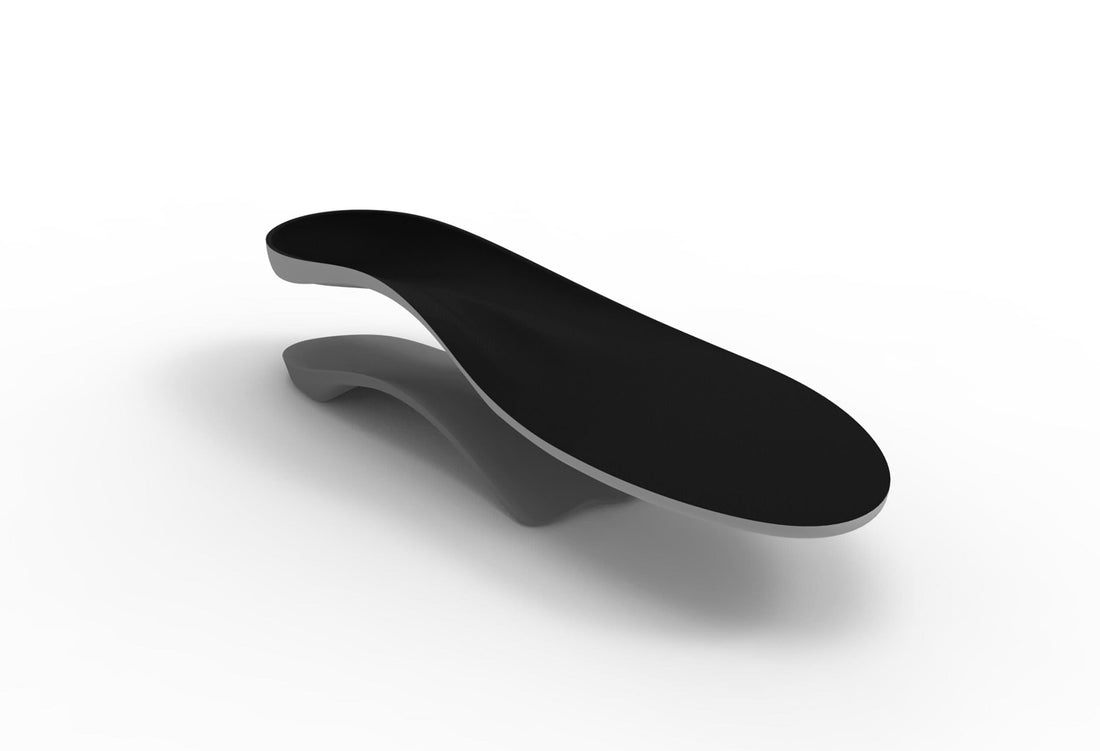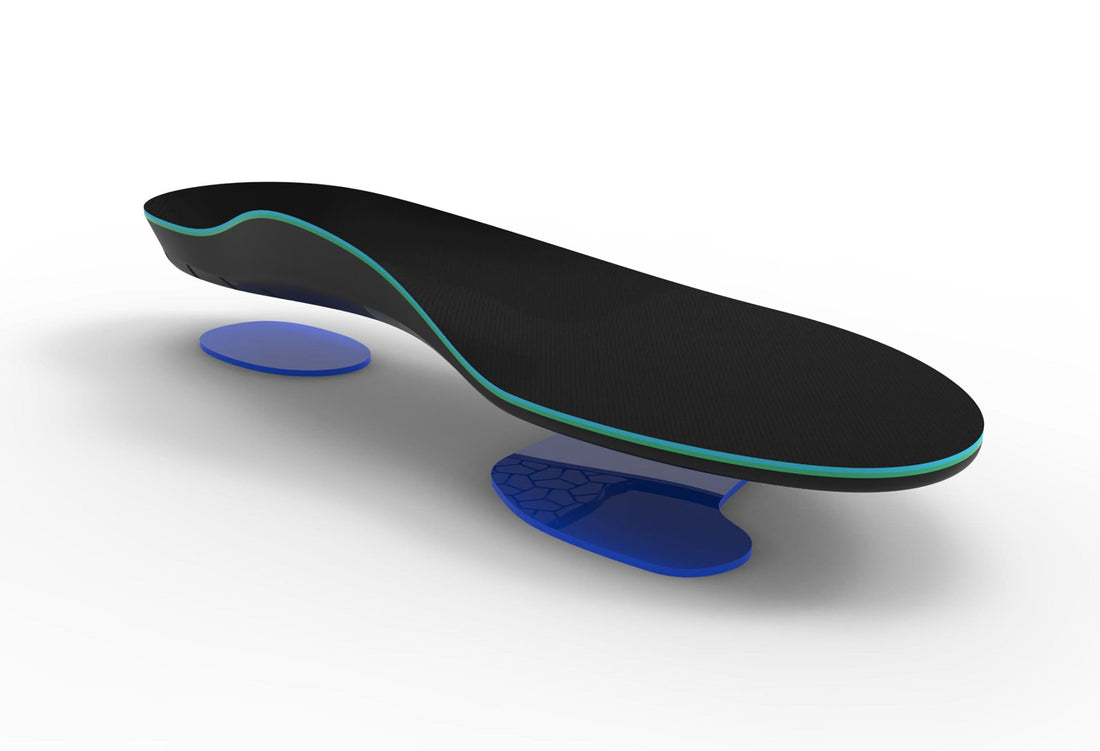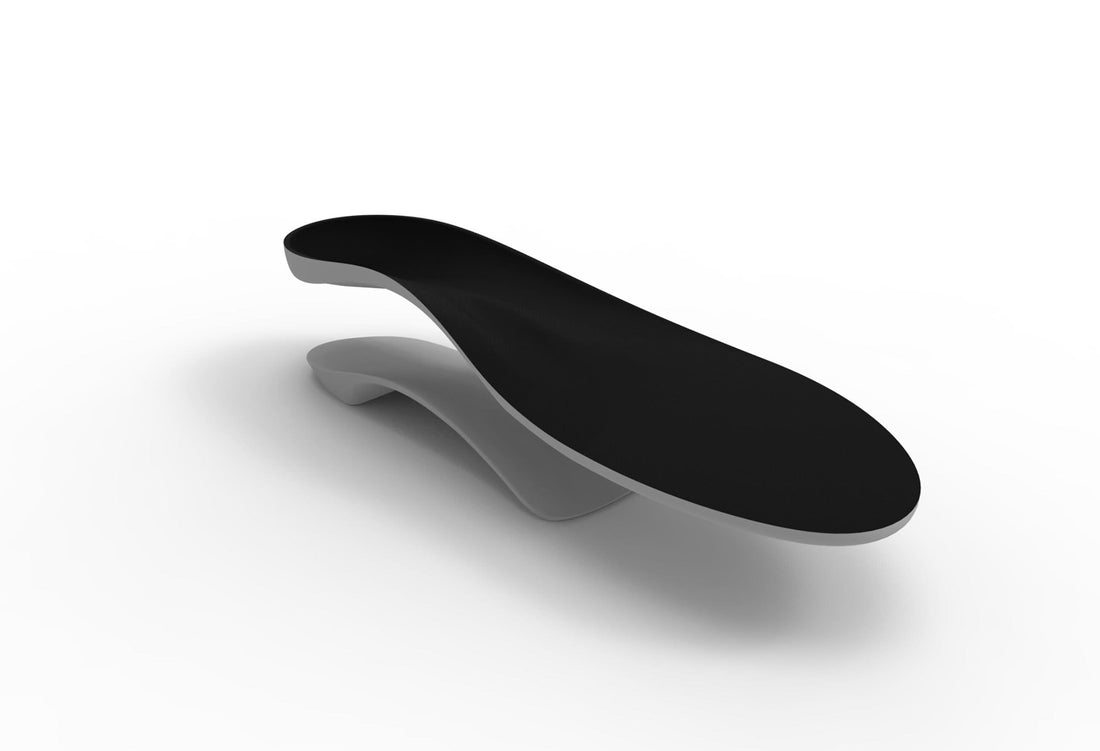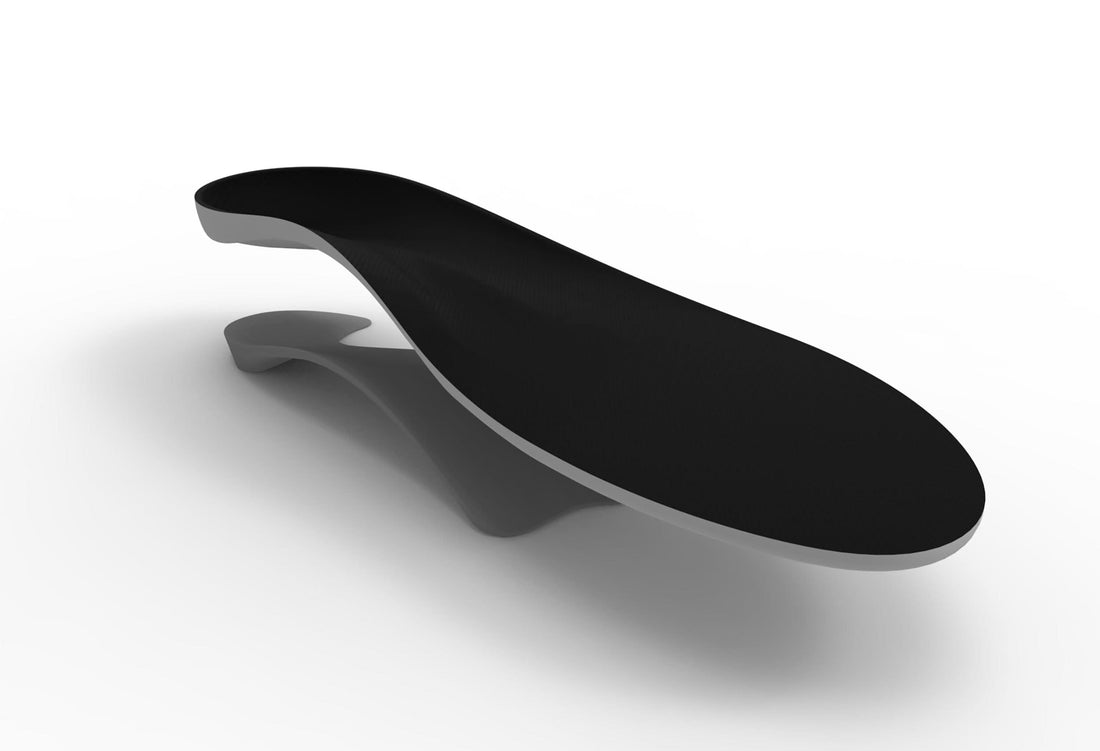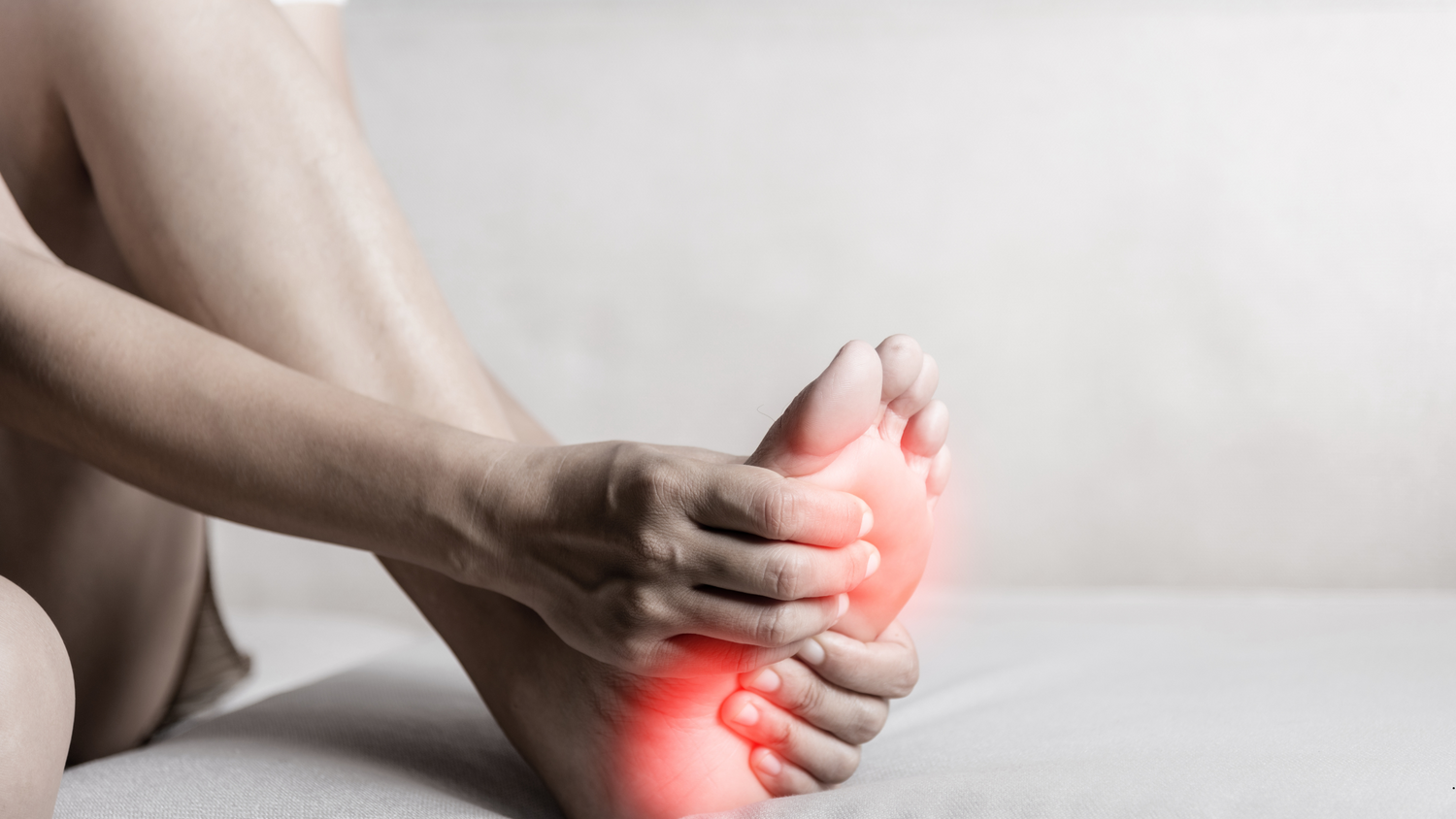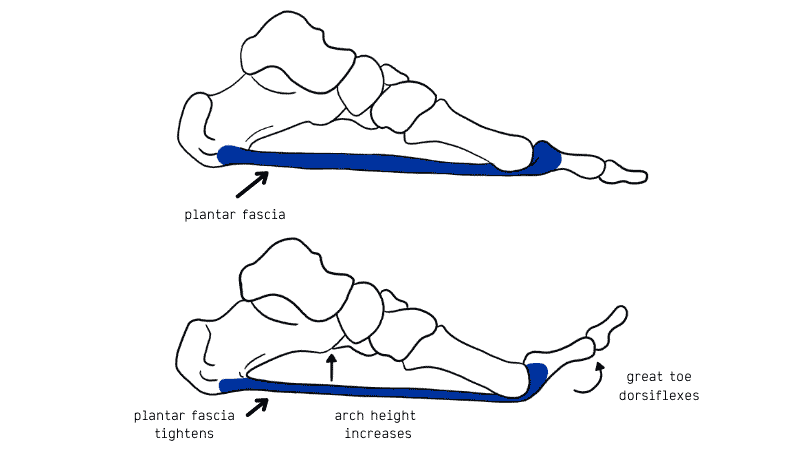By Gabriel Moisan, Sean McBride, Pier-Luc Isabelle, Dominic Chicoine, Roua Walha
First published: 14 July 2022 | https://doi.org/10.1002/msc.1675
Abstract
Background
The first metatarsophalangeal joint plays a fundamental role during the gait cycle. The Hubscher manoeuvre, which consists of passively dorsiflexing the first metatarsophalangeal joint of an individual in relaxed stance and observing the raising of the medial longitudinal arch, is a clinical test thought to examine the function of the first metatarsophalangeal joint. However, the hallux dorsiflexion achieved during this test is not related to hallux dorsiflexion during gait. On the other hand, unlike kinematic tests, results from kinetic tests have been shown to be strongly correlated with dynamic joint biomechanics. Thus, given the need for valid and reliable tests to evaluate the function of the first metatarsophalangeal joint, this study aimed to assess the reliability of a new kinetic test, namely, the first metatarsophalangeal joint dorsiflexion resistance test.
Method
Thirty young adults completed two data collection sessions 1 week apart, during which the first metatarsophalangeal joint dorsiflexion resistance test was performed. Intrarater and interrater reliability were assessed using intraclass correlation coefficients (ICC), minimal detectable difference (MDD), standard error of the mean (SEM) and limits of agreements (LoA).
Results
For the intrarater reliability, the ICC was 0.77 (p < 0.001), the SEM was 6.5 N, the MDD was 18.1 N and the LoA were −7.9 to 26.9 N. For the interrater reliability, the ICC was 0.86 (p < 0.001), the SEM was 6.9 N, the MDD was 19.0 N and the LoA were −6.4 to 21.8 N.
Conclusion
The results of this study demonstrate good intra and interrater reliability of the first metatarsophalangeal joint dorsiflexion resistance test, which provides evidence to support its use in clinical and research contexts. Further work is required to establish the test results’ relationship with joint kinetics during gait and to provide normative values in individuals with and without musculoskeletal disorders as well as among different age groups and genders to optimise its utilization in clinical and research settings.
1 INTRODUCTION
Dorsiflexion of the first metatarsophalangeal joint with a concomitant raising of the medial longitudinal arch (MLA) during the push-off phase of the gait cycle is an important aspect of normal gait. This ‘windlass effect’ (Hicks, 1954) tensions the plantar aponeurosis, with tensile forces approaching 100% of body weight (Erdemir et al., 2004), and assists with providing stability during a time when the external moments acting on the foot peak. Although highly variable, the arch rises rapidly during late stance (Bencke et al., 2012; Leardini et al., 2007) and the navicular demonstrates an average rise of 6 mm during late push off (Cornwall & McPoil, 1999). Depending on the foot model used for gait analysis, dorsiflexion of the first metatarsophalangeal joint averages around 30–50° during this same time period (Leardini et al., 2007; Schallig et al., 2020).
The Hubscher manoeuvre, which consists of passively dorsiflexing the first metatarsophalangeal joint of an individual in relaxed stance while observing the raising of the MLA (McGlamry E, 1992) is a clinical test thought to examine the function of the first metatarsophalangeal joint. A normal Hubscher manoeuvre is described as requiring a minimal dorsiflexion force applied by the examiner with observable raising of the MLA (McGlamry E, 1992). Variations of this test have been clinically used to assess the outcome of foot surgeries (Lui, 2014), hallux limitus (Gatt et al., 2014), and plantar fasciopathy (De Garceau et al., 2003). However, the clinical utility of the Hubscher manoeuvre has been questioned. The hallux dorsiflexion achieved during the test is not related to the one reached during gait (Gatt et al., 2014; Halstead & Redmond, 2006). This finding is in line with the results of other studies that have explored the relationship between clinical tests and joint kinematics. For example, the Foot Posture Index (FPI-6) (Redmond et al., 2006) explains less than 25% of the variance in foot kinematics during walking, and measurements of dorsal arch height and the foot mobility magnitude account for less than 10% (Buldt et al., 2015). Recent studies suggest that orthopaedic tests evaluating forces acting on joints or joint stiffness, rather than joints’ positions or ranges of motion, are reliable (Leow et al., 2020; Moisan et al., 2021), and their results can be strongly correlated with joint biomechanics during locomotion (McBride et al., 2019). These findings may also translate to the first metatarsophalangeal joint, where a clinical measurement of the force required to passively dorsiflex the first metatarsophalangeal joint until arch raising occurs could provide clinicians with valuable information regarding the function of the windlass mechanism. For example, the effectiveness of a foot orthosis designed to decrease tissue stress in the plantar aponeurosis could be evaluated with such a test.
No previous studies have validated the first metatarsophalangeal joint dorsiflexion resistance test. Therefore, the main objective of this study is to determine the interrater and intrarater reliability of this test. The secondary objective is to assess the correlations between the first metatarsophalangeal joint dorsiflexion resistance test results and body mass as well as foot morphology. It was hypothesised that there would be good to excellent intrarater reliability, good interrater reliability, and moderate positive correlations between the first metatarsophalangeal joint dorsiflexion resistance test and body mass as well as pronated foot type.
2 METHODS
2.1 Participants
Thirty individuals were recruited to participate in this study during April and May 2022. Based on pilot data collected by our research team, a sample size estimation was performed and revealed that 24 participants were required to detect a significant association between the first metatarsophalangeal joint resistance test and body mass with a power of 80% and α = 0.05. To account for potential loss to follow up, six more participants were recruited. The only inclusion criterion for this study was that participants were between the ages of 18 and 65. Exclusion criteria were the following:
1) a reported history of musculoskeletal injury within the previous three months;
2) any prior history of lower extremity orthopaedic surgery; 2) a reported history of any neurologic disease known to affect balance; and 4) diagnosis of any condition that is known to affect foot morphology or function. All recruited participants provided a written consent to a protocol approved by an ethics committee.
2.2 First metatarsophalangeal joint dorsiflexion resistance test
Resistance of the first metatarsophalangeal joint to passive dorsiflexion was tested in a relaxed calcaneal stance position on the right foot. An ‘X’ was marked on the navicular tuberosity of the foot to be tested with a water-soluble marker. Participants marched in place for five steps prior to testing. The examiner created a loop in the nylon strap that is attached to the Keystone device by hooking the distal end of the strap back onto the device (see Figure 1). The loop was then placed around the proximal phalanx of the hallux just distal to the metatarsophalangeal joint. After instructing the participant to neither resist nor assist with the motion, the examiner passively dorsiflexed the first metatarsophalangeal joint by pulling on the Keystone device until the dot marked on the navicular tuberosity was observed to rise. The angle of pull was standardized so that the strap was perpendicular to the longitudinal axis of the proximal phalanx throughout the motion. Five consecutive measurements were recorded and then averaged for the final score. Previous research demonstrated that a stable mean was achieved with five measurements with the Keystone device during the supination resistance test (Moisan et al., 2021).

2.3 Statistical analysis
Data were analysed with IBM SPSS Statistics v.27.0.0.1 and Microsoft Excel v.2019. Demographic data and the results of the measurements taken by each rater were analysed with descriptive statistics. The reliability of the measurements was assessed with the intraclass correlation coefficient (ICC). ICC estimates and their 95% confidence intervals were calculated based on a mean-rating (k = 5), absolute-agreement, 2-way mixed-effects model and 2-way random-effects model for intrarater and interrater reliability, respectively. Reliability was considered poor, good, and excellent if ICC values were <0.5, between 0.75 and 0.9, and >0.9, respectively (Koo & Li, 2016). Additional calculations included the SEM (SEM= SD √1-ICC) and the minimal detectable difference (MDD) (MDD = SEM*1.96**√2). Bland and Altman plots were generated to visualise bias and outliers as well as to depict the agreement between measurements. Pearson’s correlation coefficients and linear regression analyses were used to determine the relationships between the first metatarsophalangeal joint resistance test and body mass and the first metatarsophalangeal joint resistance test and FPI-6 measurement.
3 RESULTS
3.1 Descriptive data
The sample population consisted of 5 men and 25 women with a mean age of 25.1 (±3.1 yrs), mean body mass of 67.3 (±12.5 kg), mean height of 1.68 (±0.14 m) and mean FPI-6 of 5.2 (±3.2) (supinated (n = 1); normal (n = 13); pronated (n = 13); highly pronated (n = 3)) The mean measures of first metatarsophalangeal joint dorsiflexion resistance were 58.3 (±14.5 N) for Rater 1 on day 1, 48.7 (±12.8 N) for Rater 1 on day 2 and 50.5 (±13.4 N) for Rater two on day 1.
3.2 Reliability measures
For the intrarater reliability, the ICC was 0.77 (p < 0.001), the SEM was 6.5 N, the MDD was 18.1 N and the limits of agreements (LoA) were −7.9 to 26.9 N (see Figure 2). For the interrater reliability, the ICC was 0.86 (p < 0.001), the SEM was 6.9 N, the MDD was 19.0 N and the LoA were −6.4 to 21.8 N (see Figure 3). All reliability results are displayed in Table 1.


